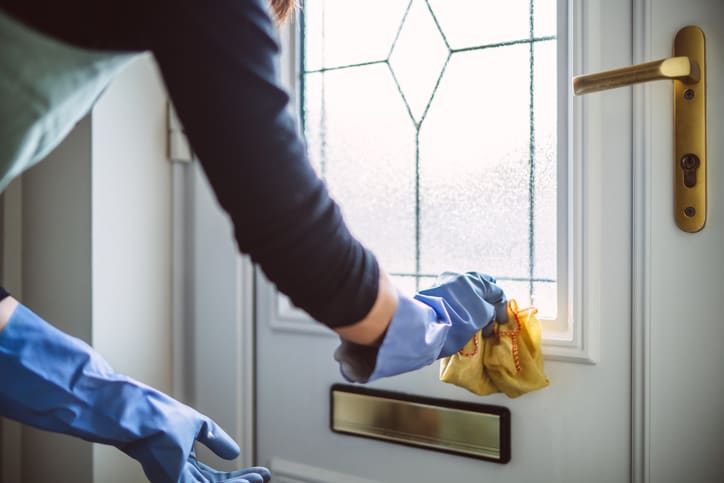Parents struggle with many things when it comes to the safety and security of their children. One scary question that a lot of parents face is how old children should be before they walk to school on their own. We’ve compiled some expert guidance to help you know when your child is ready to start walking to school without you.
There has been a huge drop in the number of children who regularly cycle or walk to school by themselves. According to the a study from the University of Westminster, in 1971 86% of primary school pupils walked home by themselves compared to only 25% in 2013.
This is despite the findings that road safety for kids is actually vastly improving. The child pedestrian injury rates are down significantly since 1995–mostly because of increased education for parents and better traffic infrastructure surrounding schools, such as pavements and lollypop ladies/men. But what does this mean for your children? When are they are ready?
The answer to the ‘walk to school’ question is not black and white, it depends on factors such as:
- The journey itself: Evaluate the distance to the school, the availability of pavements and street lights, the type of area (Do people look out for one another?), whether the roads are busy and the local street safety measures.
- Your child’s level of maturity: Consider your child’s ability to follow directions, be sensible and be streetwise. Do they know who and when to ask for help? Are they savvy about stranger danger?
>> Looking for after-school care? Find carers in your area now.
How young is too young?
YouGov reports that the average age at which Britons say that a child is fine to walk to school unaccompanied by an adult is ten. However, remember that not all ten-year-olds are the same! Some are much more able to look after themselves than others. Chris Cloke, Head for Child Protection Awareness at the NSPCC, says that in most situations, children under the age of eight shouldn’t be out on their own. However a head teacher at a school in Somerset says: “Some six-year-old children living close to a school with safe pedestrian routes would be quite capable of walking unaccompanied. Others would not by the nature of their personality.”
How can you prepare your children?
Before your child heads off on their walk to school by themselves (or with friends), there are a few safety precautions you should take to:
Avoid injury
- Never let a child under age ten cross the road alone.
- Traffic signals and pavement markings have done wonders to improve road safety for kids. Make sure your child can recognise and obey them all.
- Choose the safest route between home and school and practice walking it with your child until they can demonstrate traffic-safety awareness.
Remind your child to
- stick to well-travelled streets, use the same route every day and avoid shortcuts through wooded areas, car parks or alleyways.
- carry backpacks and bags close to their body, not dangling by the straps.
- put their purse or wallet in an inside coat or front trouser pocket, not a back pocket.
- don’t wear movement restricting shoes or clothing.
- cross streets only at safe points (i.e. at zebra crossings), never enter streets from between parked cars or from behind shrubbery.
- always look both ways before crossing the street. “Stop. Look. Listen. Live.”
- walk–don’t run–across crossings, and only when the man is green.
- switch direction or cross the street if they think someone is following them or if they feel unsafe. Walk towards an open shop, restaurant or yell for help.
- be aware of strangers. If a stranger approaches, tell a teacher, the head teacher or another trusted adult.
What is stranger danger?
This last point is particularly crucial. It is important to teach your children about good strangers as well as bad. While the general principle of ‘stranger danger’ is a good one, a child should be encouraged to speak to ‘good’ strangers (such as policemen, teachers, other parents with small children) if they need assistance or find themselves in a dangerous situation.
You may also want to consider getting them mobile phones for emergencies and teaching them about how to call 999 (or 112). It’s better to be safe than sorry. Travel in groups to be less likely to be approached by stranger. Walk in public areas so people can see and hear you. It is also a good idea to teach your children that, in the event they are approached by a stranger, to yell and kick–whatever it takes to get away.
If you don’t think your child is ready to walk to school alone yet, you could organise a walking bus with other parents, rotating who’s on ‘bus duty’. This can be a fun compromise for your child and other children who live nearby.
>> Looking for after-school care? Find carers in your area now.


